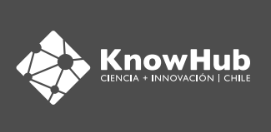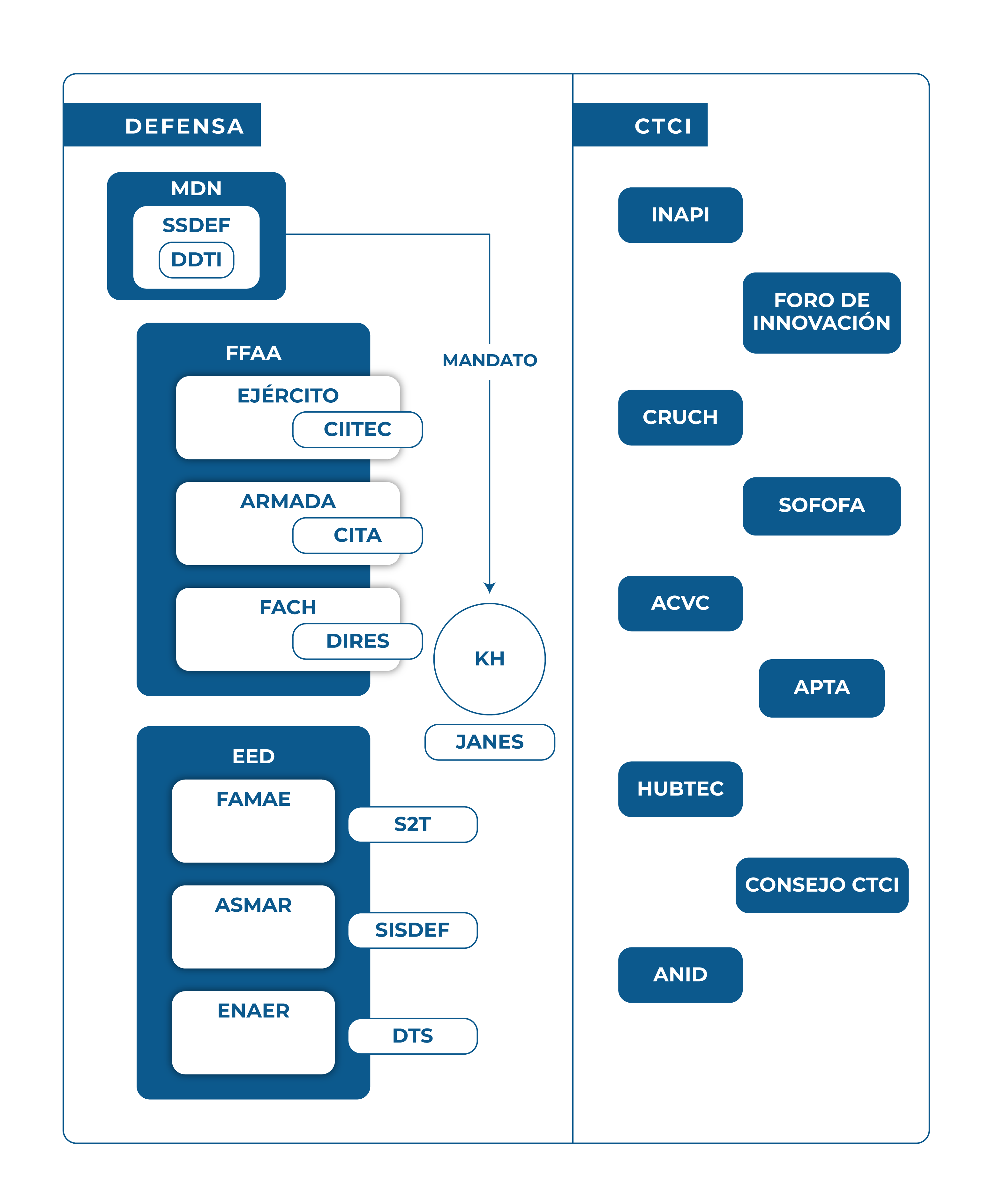ORAL VACCINE FOR PORCINE CIRCOVIRUS TYPE 2
Vaccine preferably administered via mucous membranes, for control of diseases generated by agents or infectious agents, which uses heparan sulfate (HS) as a cellular receptor, consisting of an immunogenic formula for veterinary use. It´s a vehicle for oral, intranasal or parenteral administration. The vaccine is based on particles like PCV2 virus (PSV) derived from yeast and microencapsulated with chitosan. Evidence suggests it may also be useful for other heparin-sulfate receptor disease pathogens among multiple livestock, aquaculture and pet species.
CURRENT DEVELOPMENT STAGE TRL5
This technology has reached pre-clinical trials in mice and pigs in relevant environments and with some controlled variables in order to optimize the vaccine chitosan formula.
MARKET OPORTUNITY
Market size: US$ 6.440 Million (2017).
CAGR: 5,9%.
Segment: Veterinary Vaccines.
In 2017, the porcine vaccine segment is expected to account for the largest share of global veterinary vaccines market, in terms of value.
North America porcine vaccine market is highly fragmented due to the great amount of large and small players. Zoetis, Inc., Merial Animal Health, Merck Animal Health, and Elanco Animal Health are the top four players that accounted for about 74% of the entire market. Three of the top four animal health companies are already engaged in the PCVD market with their own injectable vaccine technology. Nevertheless, a new and highly effective vaccine technology may come up to hinder their market.
COMPETITIVE ADVANTAGE
• There is no mucosal vaccine against PCV commercially available at present.
• There is no combined vaccine against PCV2 and M. Hyopneumoniae available in Chile nor in the Latin American market.
• An oral formula may generate a stronger protective mucosal-generated immunity against PCV diseases.
• Chitosan sulphate presents structural similarity with the HS cell receptor. Therefore, this biopolymer can generate a specific binding effect against CRPassociated antigens using this receptor, which is
expected to facilitate the design of more effective vaccines against CRP, regarding microencapsulation and controlled delivery.
PROTECTION
Patent Pending in Chile, USA, Mexico & EU.
CL 2015/003257 A1
WO 2017/075730 A1
EP 3372240 A1
CONTACT
Óscar Astudillo
Technology Transfer Coordinator
oscar.astudillo@knowhub.cl
Phone +56 22 389 5600



